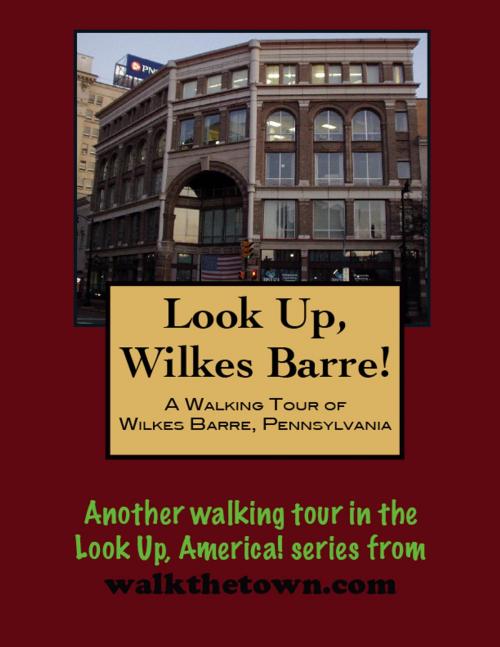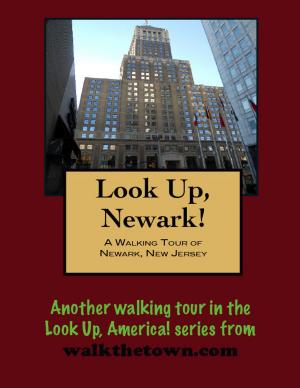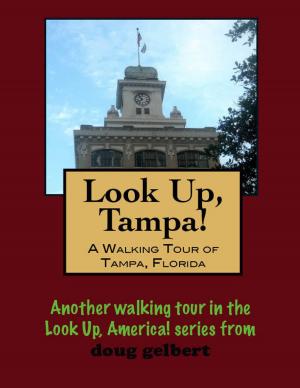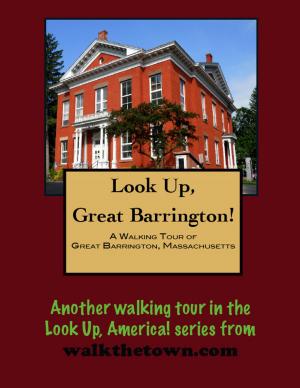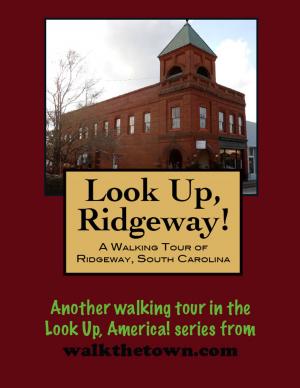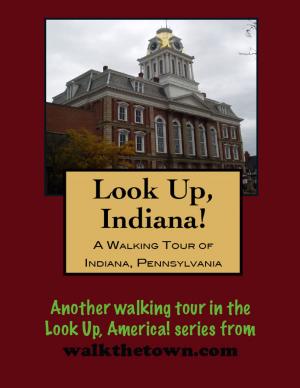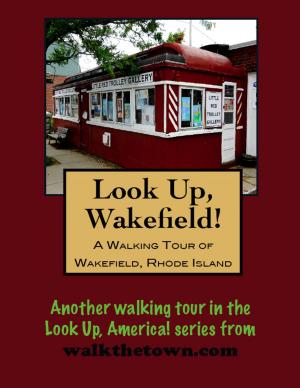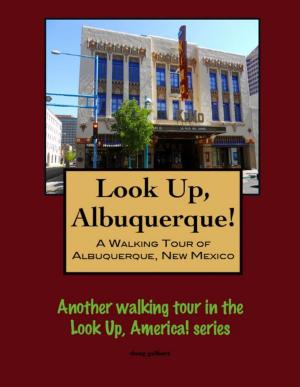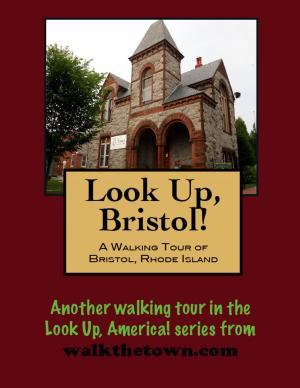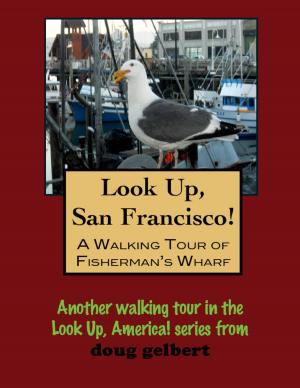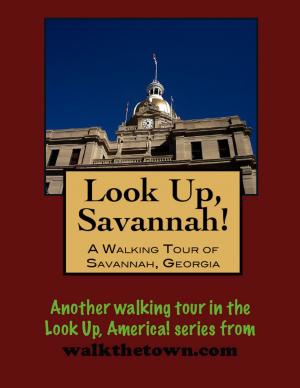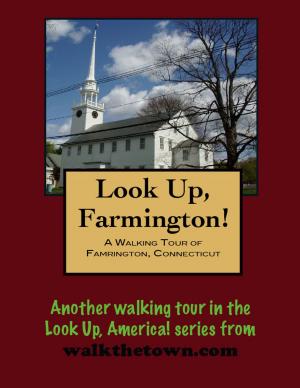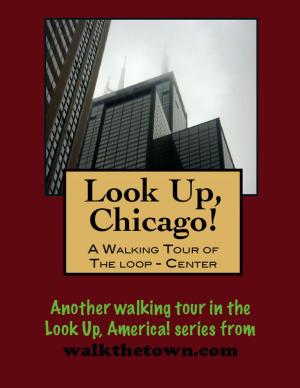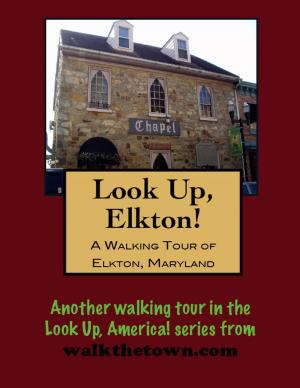| Author: | Doug Gelbert | ISBN: | 9781458087119 |
| Publisher: | Doug Gelbert | Publication: | February 12, 2011 |
| Imprint: | Smashwords Edition | Language: | English |
| Author: | Doug Gelbert |
| ISBN: | 9781458087119 |
| Publisher: | Doug Gelbert |
| Publication: | February 12, 2011 |
| Imprint: | Smashwords Edition |
| Language: | English |
There is no better way to see America than on foot. And there is no better way to appreciate what you are looking at than with a walking tour. Whether you are preparing for a road trip or just out to look at your own town in a new way, a downloadable walking tour is ready to explore when you are.
Each walking tour describes historical and architectural landmarks and provides pictures to help out when those pesky street addresses are missing. Every tour also includes a quick primer on identifying architectural styles seen on American streets.
In A History of Luzerne County, published in 1893, Wilkes-Barre was described thusly: “The important city and the first settlement in Luzerne county is the one descriptive phrase applicable to this city. A beautiful city, queen of the Susquehanna north of Harrisburg to its source: a crown-jewel on the east bank of the river and in the center of the far-famed Wyoming valley; the county seat of Luzerne county, the center and hub from where flows out in every direction by electric and steam railroads, her rich trade, and the daily and hourly ever swelling stream of visitors for business and pleasure; a city truly, a rich and beautiful city, now invested with all that you may find in the way of luxuries in the great metropolis, as well as the forest trees, the flowing peaceful river and the pure air that comes of a rural life; where is elegance, refinement and culture; where there are more families of great wealth, comparatively to numbers, than can be found in any other city in the United States. A city that never had a “boom” but that now is forging ahead at a marvelous step, and on every hand are suburban boroughs that are progressing rapidly. Here is the capital of a county that is of itself a rich and distinct empire.”
A town like that is worth fighting over, and that is what happened in its early days. The first Europeans to settle the area arrived in 1769, from Connecticut, a colony which had a land grant from the British crown that extended all the Great Lakes. The settlement was named Wilkes-Barre after John Wilkes and Isaac Barré, two British members of Parliament who supported colonial America. Armed men loyal to Pennsylvania, wielding a claim to the land by virtue of William Penn’s grant, twice attempted to evict the residents of Wilkes-Barre in what came to be known as the Pennamite Wars. The conflict was not put to rest until after the American Revolution when the settlers were allowed to retain title to their lands but had to transfer their allegiance to Pennsylvania.
Wilkes-Barre’s population exploded due to the discovery of anthracite coal in the 1800s, which gave the city the nickname of “The Diamond City.” The wealth that flowed into the city from the world’s largest coal field began showing up on the Wilkes-Barre streetscape in the form of fancy hotels, massive mansions and imposing churches.
Wilkes-Barre took a major blow from Tropical Storm Agnes in 1972 when rainwaters swelled the Susquehanna River to a height of nearly 41 feet, four feet above the city’s levees, flooding downtown with nine feet of water. While no lives were lost, 25,000 homes and businesses were either damaged or destroyed, and damages were estimated to be $1 billion.
Much remains, however, and our walking tour will begin the investigation in the Public Square, a diamond set in the center of the “Diamond City”...
There is no better way to see America than on foot. And there is no better way to appreciate what you are looking at than with a walking tour. Whether you are preparing for a road trip or just out to look at your own town in a new way, a downloadable walking tour is ready to explore when you are.
Each walking tour describes historical and architectural landmarks and provides pictures to help out when those pesky street addresses are missing. Every tour also includes a quick primer on identifying architectural styles seen on American streets.
In A History of Luzerne County, published in 1893, Wilkes-Barre was described thusly: “The important city and the first settlement in Luzerne county is the one descriptive phrase applicable to this city. A beautiful city, queen of the Susquehanna north of Harrisburg to its source: a crown-jewel on the east bank of the river and in the center of the far-famed Wyoming valley; the county seat of Luzerne county, the center and hub from where flows out in every direction by electric and steam railroads, her rich trade, and the daily and hourly ever swelling stream of visitors for business and pleasure; a city truly, a rich and beautiful city, now invested with all that you may find in the way of luxuries in the great metropolis, as well as the forest trees, the flowing peaceful river and the pure air that comes of a rural life; where is elegance, refinement and culture; where there are more families of great wealth, comparatively to numbers, than can be found in any other city in the United States. A city that never had a “boom” but that now is forging ahead at a marvelous step, and on every hand are suburban boroughs that are progressing rapidly. Here is the capital of a county that is of itself a rich and distinct empire.”
A town like that is worth fighting over, and that is what happened in its early days. The first Europeans to settle the area arrived in 1769, from Connecticut, a colony which had a land grant from the British crown that extended all the Great Lakes. The settlement was named Wilkes-Barre after John Wilkes and Isaac Barré, two British members of Parliament who supported colonial America. Armed men loyal to Pennsylvania, wielding a claim to the land by virtue of William Penn’s grant, twice attempted to evict the residents of Wilkes-Barre in what came to be known as the Pennamite Wars. The conflict was not put to rest until after the American Revolution when the settlers were allowed to retain title to their lands but had to transfer their allegiance to Pennsylvania.
Wilkes-Barre’s population exploded due to the discovery of anthracite coal in the 1800s, which gave the city the nickname of “The Diamond City.” The wealth that flowed into the city from the world’s largest coal field began showing up on the Wilkes-Barre streetscape in the form of fancy hotels, massive mansions and imposing churches.
Wilkes-Barre took a major blow from Tropical Storm Agnes in 1972 when rainwaters swelled the Susquehanna River to a height of nearly 41 feet, four feet above the city’s levees, flooding downtown with nine feet of water. While no lives were lost, 25,000 homes and businesses were either damaged or destroyed, and damages were estimated to be $1 billion.
Much remains, however, and our walking tour will begin the investigation in the Public Square, a diamond set in the center of the “Diamond City”...
